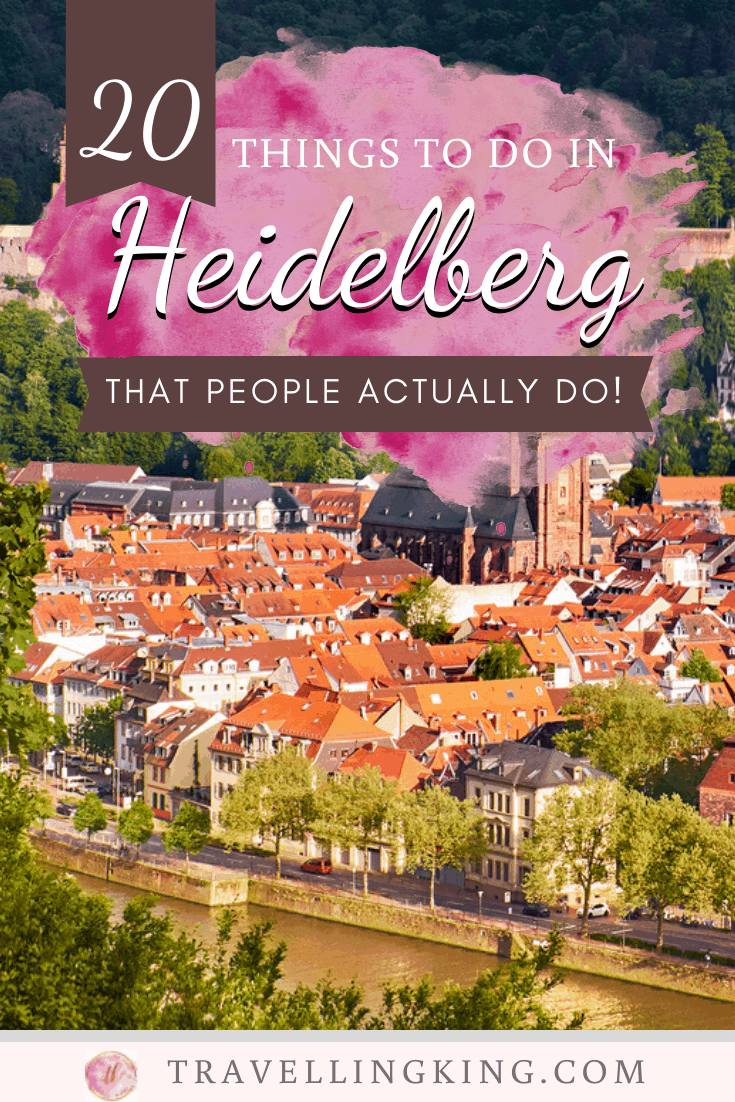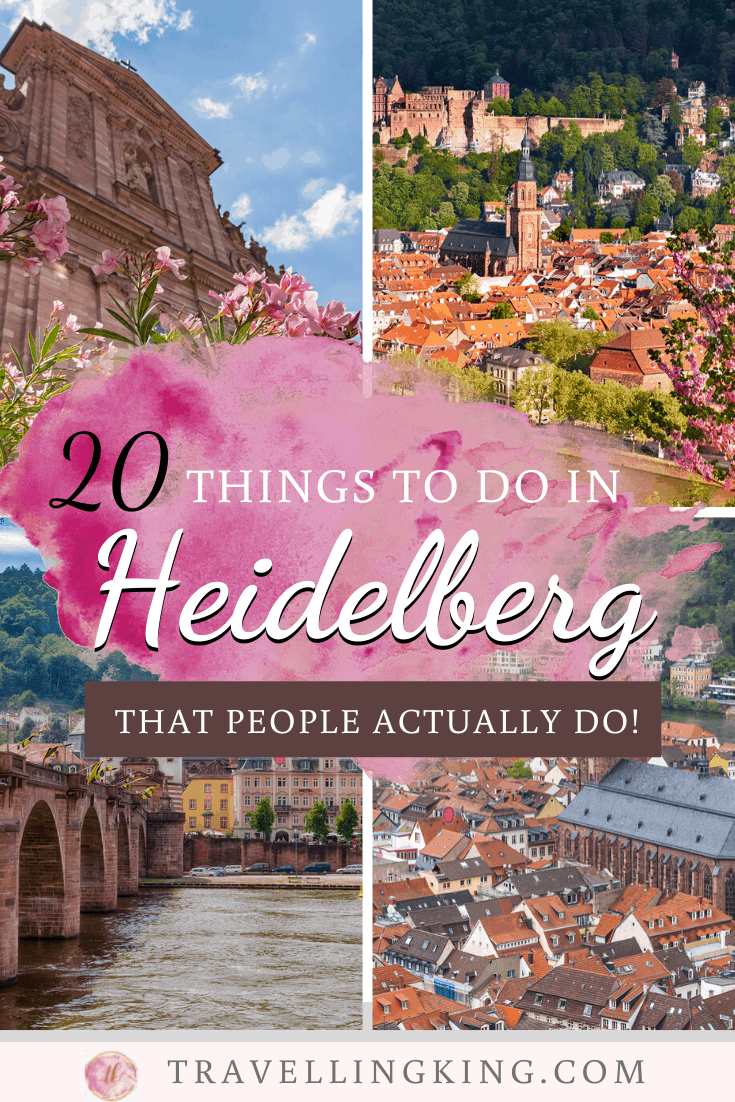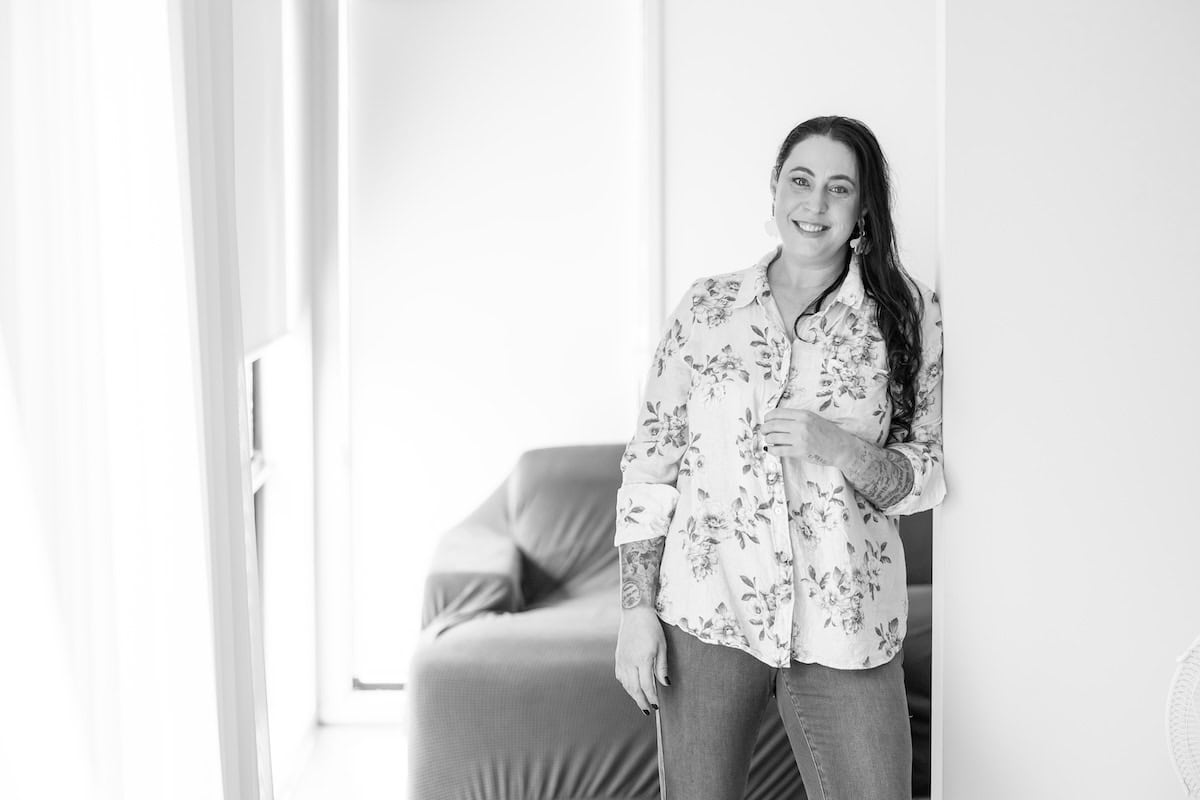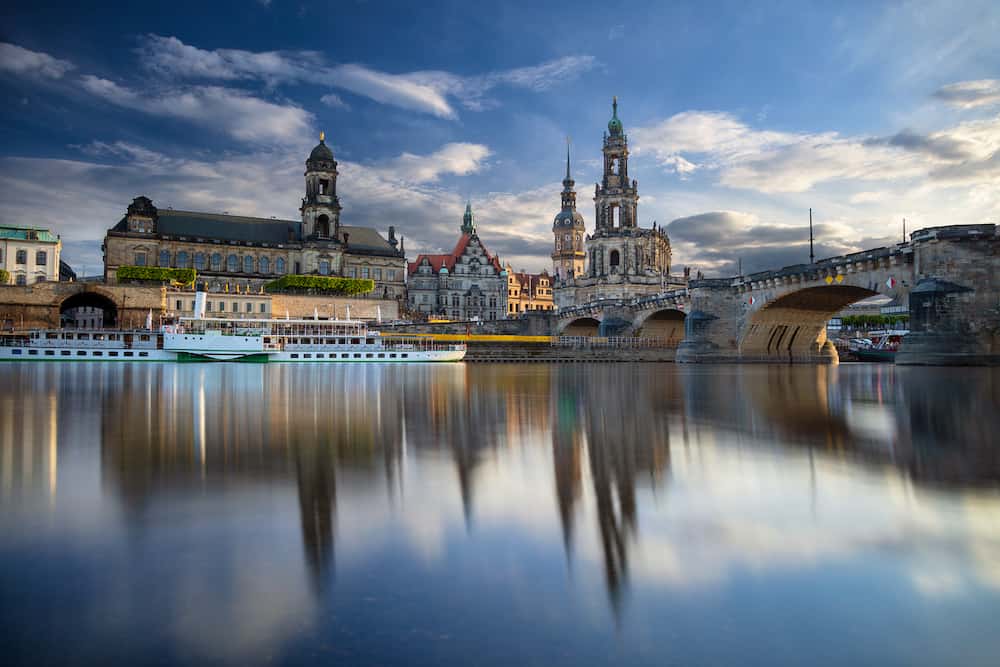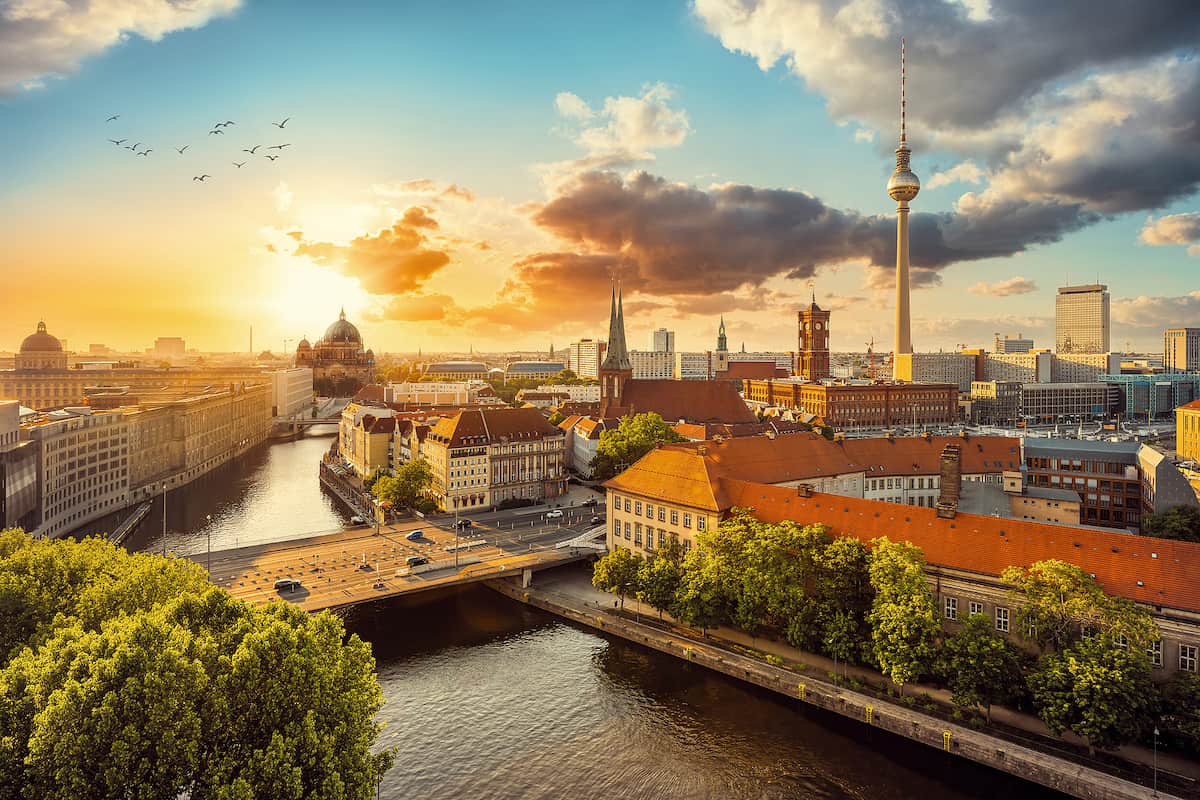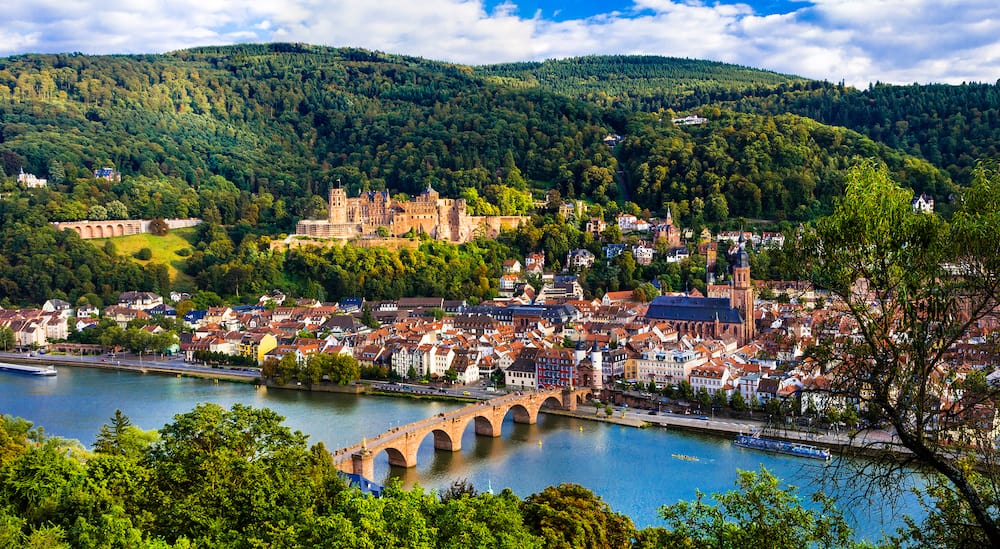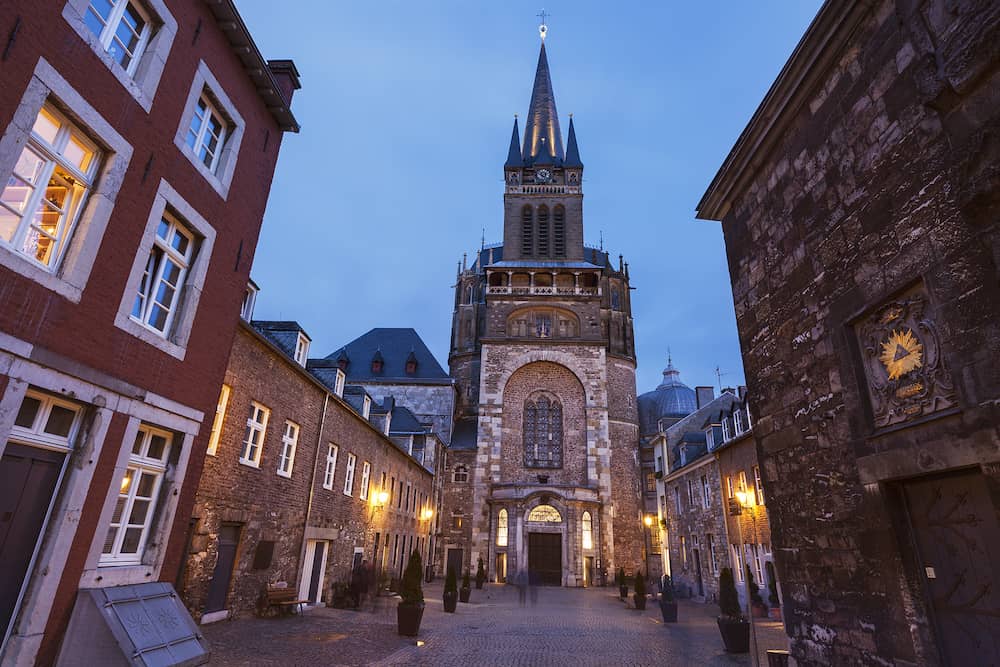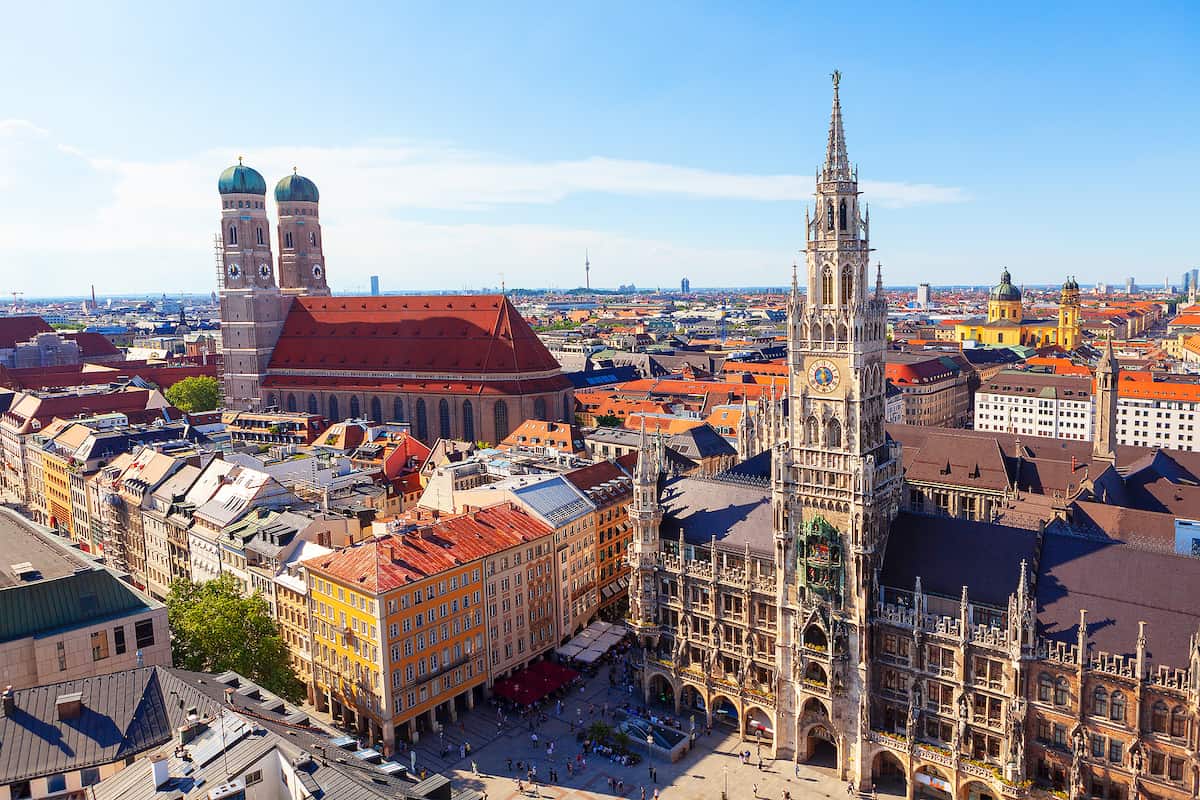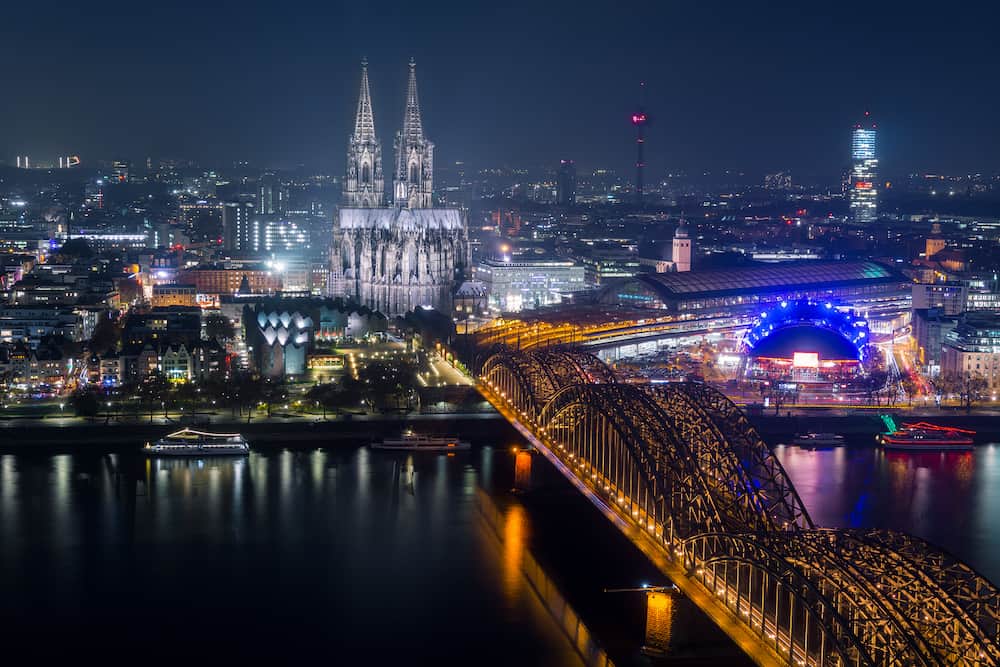20 Things to do in Heidelberg
Inspiring creatives for centuries, the small city of Heidelberg is best known as the home of Germany’s oldest and most prestigious university.
Since the 14th century, this quaint little student town has been a hub for the Rhine-Neckar region’s artists, writers and academics.
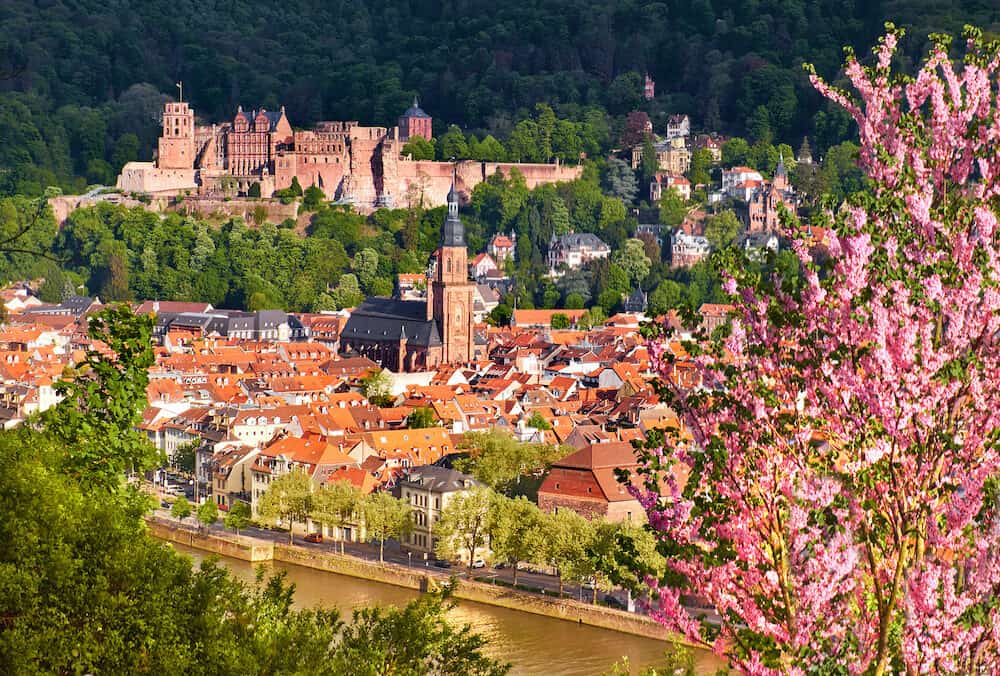
Located on the banks of the picturesque Necker River by the Odenwald Mountains, Heidelberg’s romantic and scenic landscape is only enhanced by its charming castle ruins and medieval Old Town.
Heidelberg may be a top destination for students, but what attracts travellers and tourists to the city? Wonder no more, as you’re about to learn about 20 fun and fascinating things to do in Heidelberg, Germany.
Plan your trip?
Avoid hidden fees in the exchange rate while withdrawing from millions of ATMs abroad, paying in restaurants and shops, and buying your accommodation and flights using the Wise Card. You can hold up to 40+ currencies at once to spend in in over 150 countries, and convert them in real time with the free Wise app.
Need help planning your trip from start to finish? Check out these helpful links:
- Cheap flights
- Savings on accommodation from hostels to luxury hotels
- Affordable car rental options
- Affordable sightseeing tours and day trips
- Travel Adapter – All in one so you don’t have to carry a bunch around
- Don’t be silly and forget Travel Insurance! Get hurt and you’ll regret it…
This post contains some affiliate links for your convenience. Click here to read my full disclosure policy. You can also read our content/editorial policy here.
Altstadt
A private or group walking tour is an ideal introduction to Heidelberg. Particularly if you’re on a tight schedule, this is perfect for ticking off some of the top attractions in two hours.
Explore the Altstadt (Old Town) on foot as you hear stories about the city’s architecture, cuisine, art scene and more.
A mixture of market squares, narrow streets and buildings both old and new, the oldest part of the city is one of the most delightful areas to immerse yourself in.
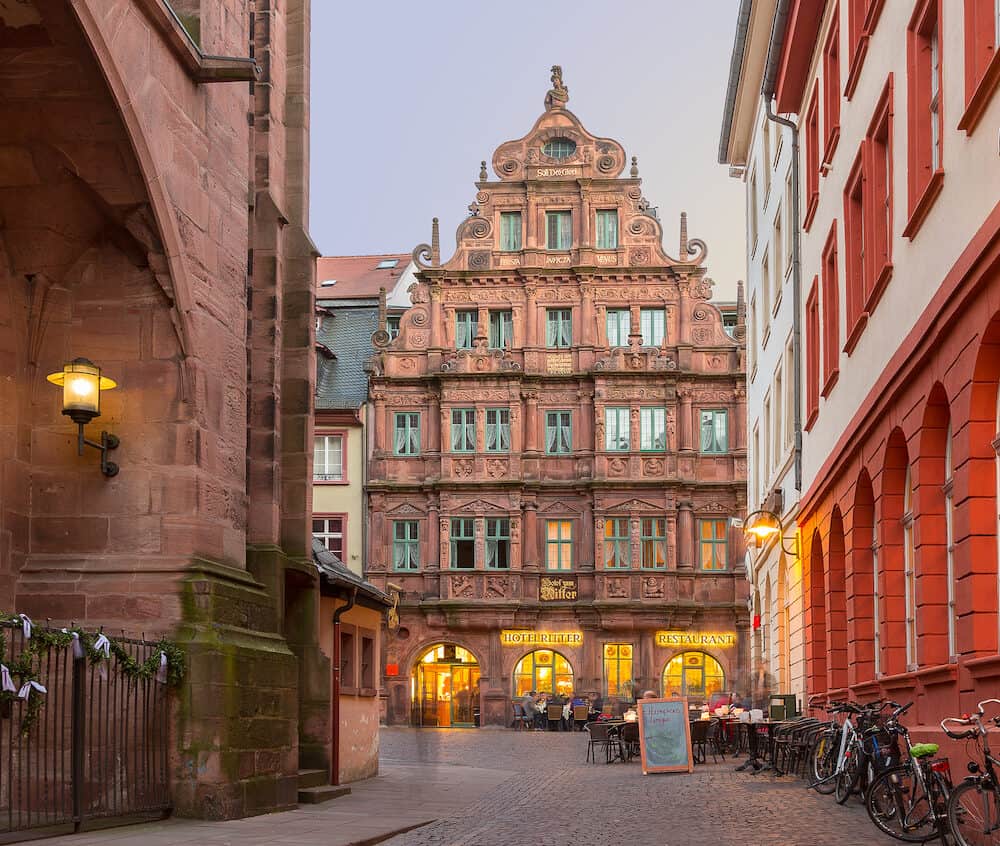
Marktplatz
The heart of Altstadt is Marktplatz, the city’s historic main market square. True to its name, the cobbled square hosts a market every Wednesday and Saturday, and is one of the primary locations for Heidelberg’s annual Christmas Market.
The focal point of Marktplatz is the statue of Hercules in the centre, built in the early 1700s.
Pull up a chair outside one of the many charming terraced bars or restaurants bordering the square and soak up the buzzing atmosphere. There are some smaller shops for picking up souvenirs as well.
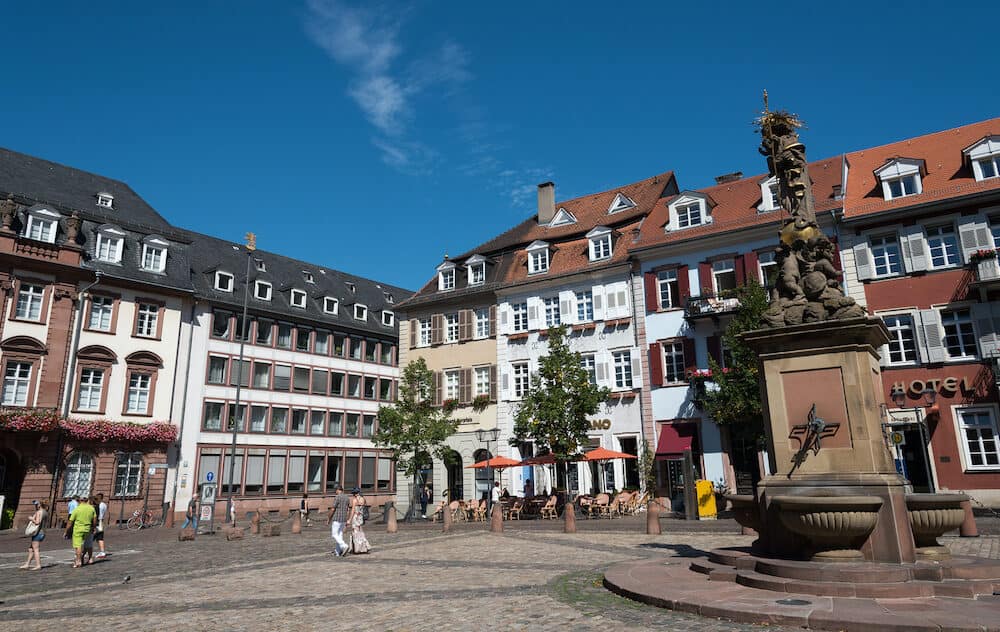
Church of the Holy Spirit
One of the buildings bordering Marktplatz is the Church of the Holy Spirit (Heiliggeistkirche), a marvellous Late Gothic structure and the city’s most iconic church. Its tall steeple looms over the city, rising well above the neighbouring rooftops.
Construction began in 1398 and took over a century and a half to complete. In 1709, however, the church underwent reconstruction after fire damage during the War of the Grand Alliance, and Baroque elements such as the spire were added.
An hour-long church concert is held every Saturday at 6:15 p.m., and there are half-hour organ recitals every Friday and Saturday at 5:15 p.m.
Stop by during the main opening hours (11 a.m. until 5 p.m. from Monday to Saturday and 12.30 p.m. until 5 p.m. on Sunday and public holidays) to enter the 38-metre-high viewing platform and admire the incredible views from above the Old Town.
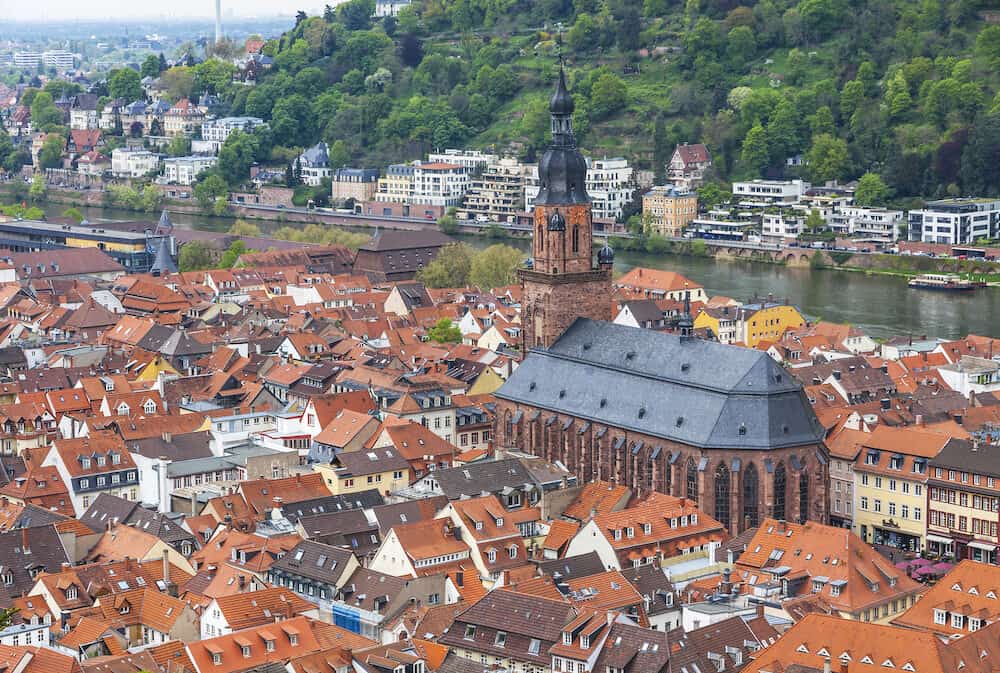
Königstuhl
Königstuhl (King’s Throne) is a 560-metre-high hill in the Odenwald Mountains that beautifully overlooks the city. On clear days, you can even see the Palatinate Forest over 40 kilometres away.
There’s a funicular to take you all the way up, or you can hike up the three-kilometre trail.
Your effort will be rewarded, as there’s a bar at the summit where you can grab yourself a cold beer and take in the panoramic vista across the Neckar Valley.

Heidelberg Castle
Heidelberg Castle (also known as Heidelberg Palace) is perhaps the most prominent landmark in the city. Although known as a significant Renaissance structure, the architecture also features notable German Romanticism and Gothic elements.
Dating back to the early 1200s, the Schloss Heidelberg is perched 80 metres up the Königstuhl hill and offers a wonderful view of the Old Town below.
Lightning bolts destroyed the upper castle in 1537 and again caused damage in 1764. Several wars and fires also contributed to the castle falling into ruins.
The Friedrich Building is one of the best-preserved structures on the castle grounds, built in the early 17th century and reconstructed in the 20th century. The Ottheinrich Building is another impressive, extravagant structure, with biblical and mythological figures adorning the facade.
The castle’s gardens, which were created between 1616 and 1619, are still well looked after. The enchanting outdoor space is made up of flower beds, mazes, fish ponds and large sculptures with water fountains.
Entrance to the courtyard and other on-site attractions costs €7 per adult. An audio tour is available to learn more about the castle’s history, and for an extra €6, you can take a guided tour of the interiors.
Visiting Schloss Heidelberg is easy, as the Königstuhl funicular has a stop right outside the castle. Entry into the courtyard ends at 5:30 p.m.
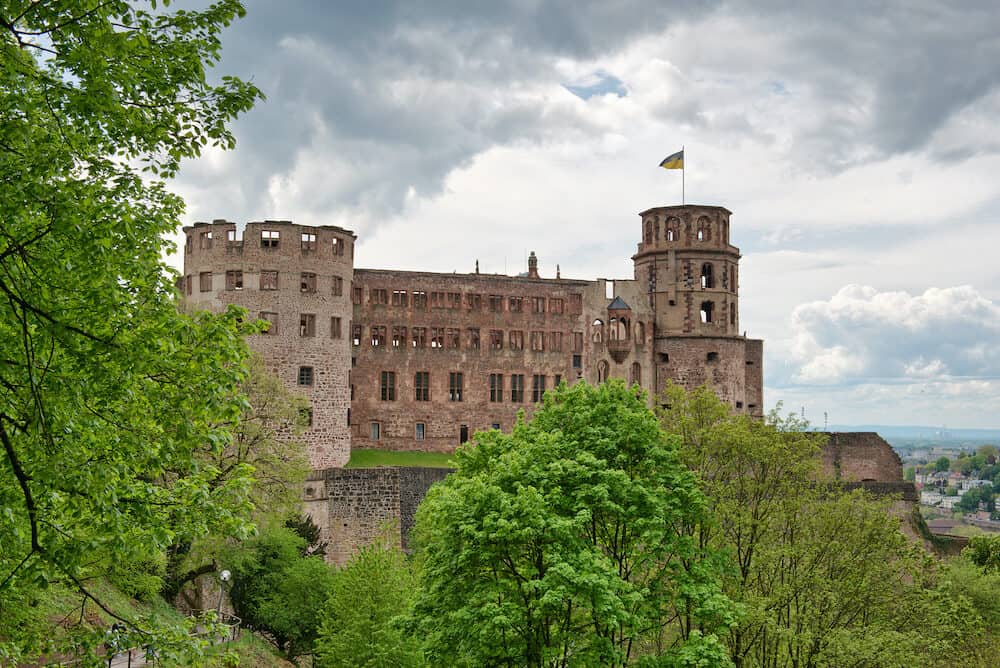
German Pharmacy Museum
Within the Schloss Heidelberg is the German Pharmacy Museum, an exhibition of apothecary treasures within a magical atmosphere. Although small, there are over 20,000 items kept here!
The intriguing museum transports you back to a time before modern medicine, with glass apothecary jars, ancient herbs and other fascinating ingredients available to view up close.
Come to the museum between 10 a.m. and 5 p.m. on any day to discover some forgotten herbal remedies.
This is definitely one of the most worthwhile yet unusual things to do in Heidelberg! As mentioned earlier, your entrance ticket to Heidelberg Castle includes admission to the museum.
Heidelberg Tun
Yet another attraction located inside the Heidelberg Castle is the Great Heidelberg Tun, an enormous wine vat built in 1751.
As the largest barrel in the world, it has the capacity for about 220,000 litres, though drying of the wood is causing this amount to slowly shrink. Interestingly, the vat has rarely been used for wine throughout its long history and is instead seen as a tourist attraction.
It’s worth stopping by the basement for a look before 6 p.m. and having a taste of the wine (made in a much smaller barrel).
Old Bridge
The picturesque Old Bridge (Alte Brücke) is Heidelberg’s emblematic bridge featuring nine red sandstone arches. Officially called the Karl Theodor Bridge, it was built in 1788 and spans 200 metres across the Neckar River, connecting the Old Town to the Neuenheim district. At least seven bridges were constructed and subsequently destroyed before the one you see here today.
One of the most notable parts of the Alte Brücke is the Bridge Monkey. Holding a mirror in one hand, the monkey was installed to instil fear in those entering Heidelberg and to encourage critical self-reflection. While this may seem a little harsh, it was primarily addressing the Bishops of Mainz, a city to the north of Heidelberg.
The current bronze monkey is a replica of an earlier one from the 15th century that was damaged during the Nine Years’ War.
The new monkey also has far more positive associations. According to a local legend, a visitor that touches the mirror will become wealthy, and anyone who touches the nearby mice will have numerous children.
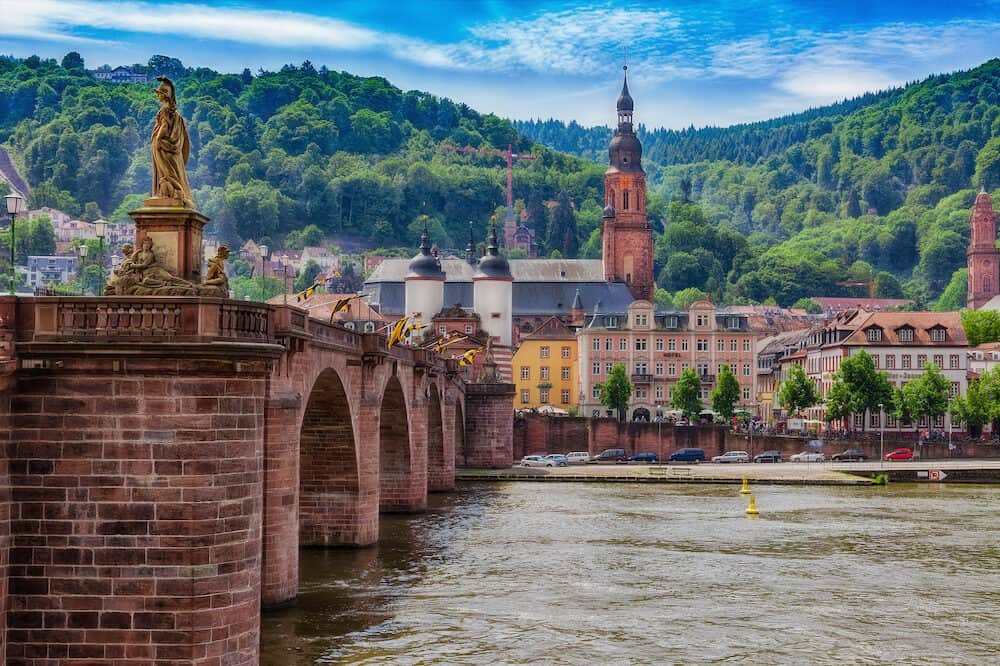
Botanical Garden of the University of Heidelberg
One of the many wonderful free things to do in Heidelberg is to walk through the botanical gardens at Heidelberg University. Established in 1593 to grow medicinal herbs, these gardens are the third-oldest in Germany and one of the largest in Europe.
There are 11 greenhouse collections with more than 14,000 plant groups, including three separate areas for succulents from different parts of the world.
The carnivorous plants, tropical orchids and Aristolochiaceae collections are particularly interesting too. In the outdoor section is a gorgeous alpine garden and fern ravine, while the herbarium boasts over 250,000 plant specimens.
The gardens are open to the public every day except Saturday. While the grounds are accessible all day, the greenhouses close at 4 p.m. on Monday to Thursday and at 2:30 p.m. on Fridays. A visit during the morning is best so you can take your time appreciating the vibrant and diverse plant life.
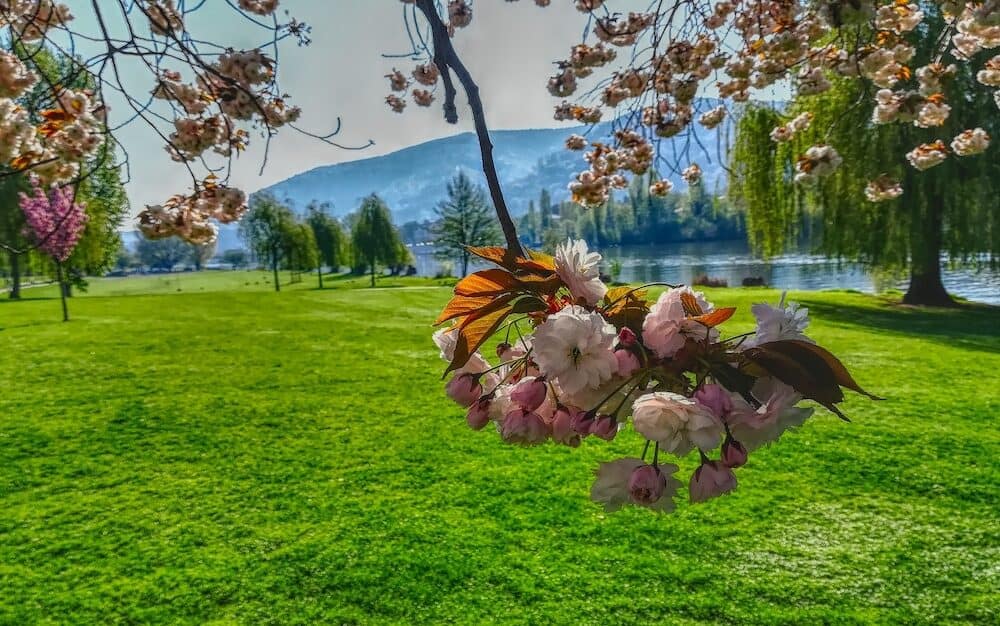
Dilsberg Castle
Perched high above the city is the Dilsberg Castle, a fascinating medieval fortress. Built by the counts of Lauffen in 1150, it remained in use until the 19th century.
Embark on a journey through the 80-metre-long passageway believed to be a ventilation shaft, then check out the 46-metre-deep well used to supply water during sieges.
Afterwards, head 16 metres up the hexagonal tower, which offers an unrivalled 360-degree view across Heidelberg, the Odenwald Mountains and the Neckar Valley.
Entrance costs only €2, so don’t miss the opportunity to see this incredible slice of history. Be aware that the castle ruins are closed on Monday and don’t open until 10 a.m.
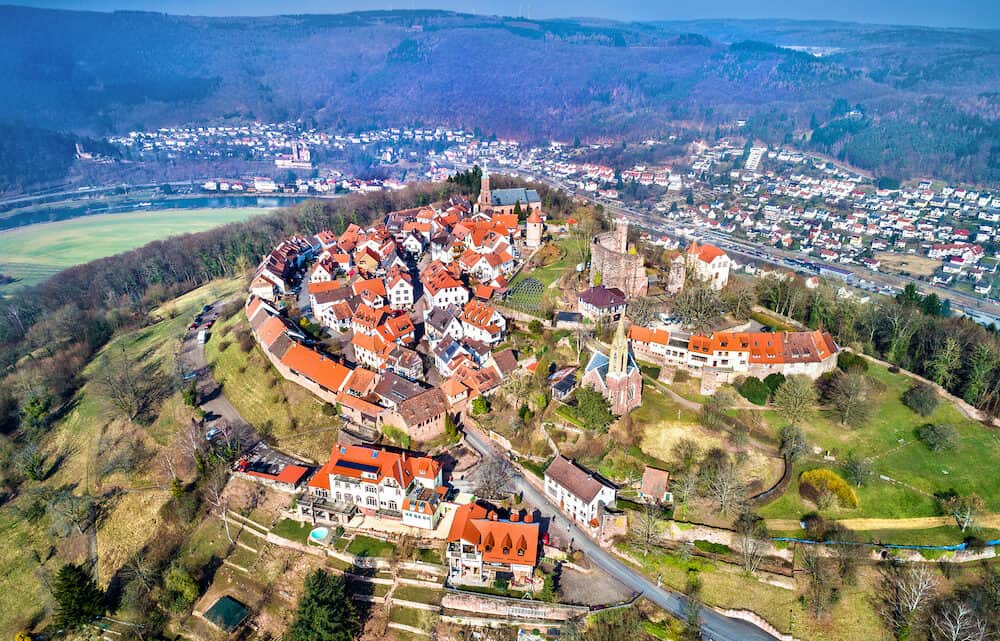
Body Worlds Museum
A different kind of attraction in Heidelberg is the Body Worlds Museum, located inside the former Altes Hallenbad indoor swimming pool.
Not only is the permanent exhibition here focused on human anatomy, but it also covers the anatomy of happiness. Come by and gain an understanding of the complexity of your inner body and what occurs physiologically when you feel happy.
The exhibit is curated by Dr Angelina Whalley, who says that happiness leads to less illness and longer life spans.
Not for the faint of heart, you’ll see and learn from preserved bodies and body parts with easy-to-understand explanations in both English and German. Take the audio guide for an even more informative experience. Open daily, entrance costs €17 per adult.
Heidelberg Zoo
Open since 1933, the Heidelberg Zoo is home to over a thousand animals belonging to more than 150 species from around the world. Spend a morning meeting a variety of interesting and playful animals, including brown bears, camels, sea lions, seals and tortoises.
There’s a petting zoo with goats, sheep and chickens, which is excellent if you’re travelling with kids! The zoo also takes part in a breeding program for Asian elephants and other endangered species.
Heidelberg Zoo is open every single day from 9 o’clock, although closing hours change according to the time of year.
Ticket prices are also determined by the season, with entrance for one adult costing between €9.50 and €11.80. The restaurant here offers snacks and small meals if you’re hungry but don’t want to leave just yet.
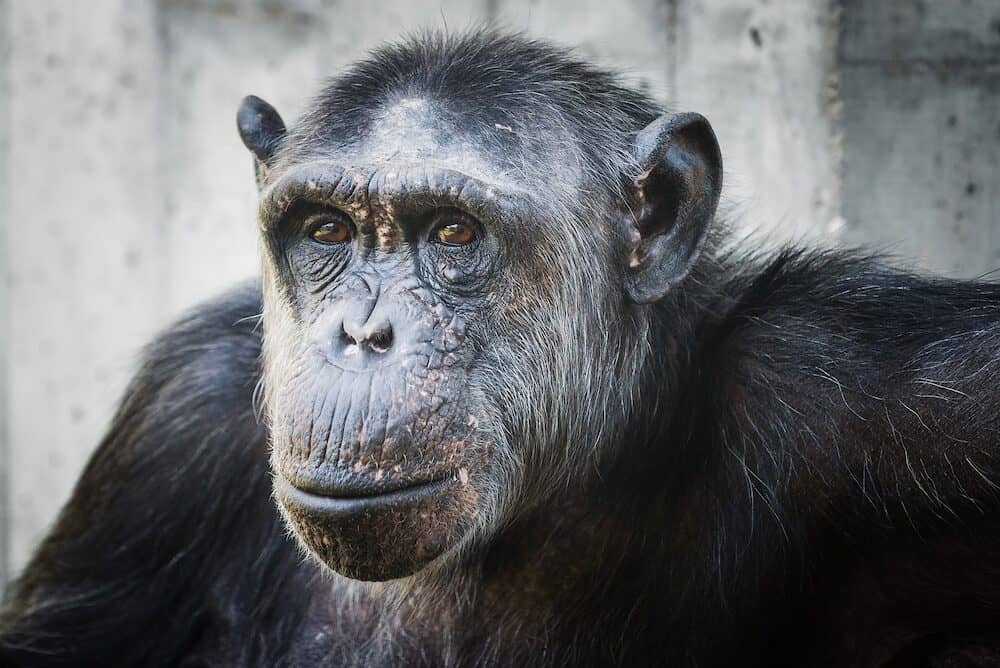
Studentenkarzer
Another unusual attraction in Heidelberg is the Studentenkarzer, a former prison for students located behind the Old University building.
Between the late 1800s and the early 1900s, students of Heidelberg University were detained here for minor transgressions, from playing pranks to excessive drinking and disturbing the peace.
During their imprisonment, which could last up to four weeks, students were still allowed to attend their lectures. To pass the time, the so-called delinquents would graffiti the walls. Seeing this preserved artwork is a highlight when visiting the prison for yourself.
Entrance costs €3 and includes admission into the Old Assembly Hall and the University Museum as well. Studentenkarzer is open daily from 10 a.m. with varying closing times throughout the year, so come by before or after lunch to be safe. Fortunately, you’ll be able to leave whenever you want!
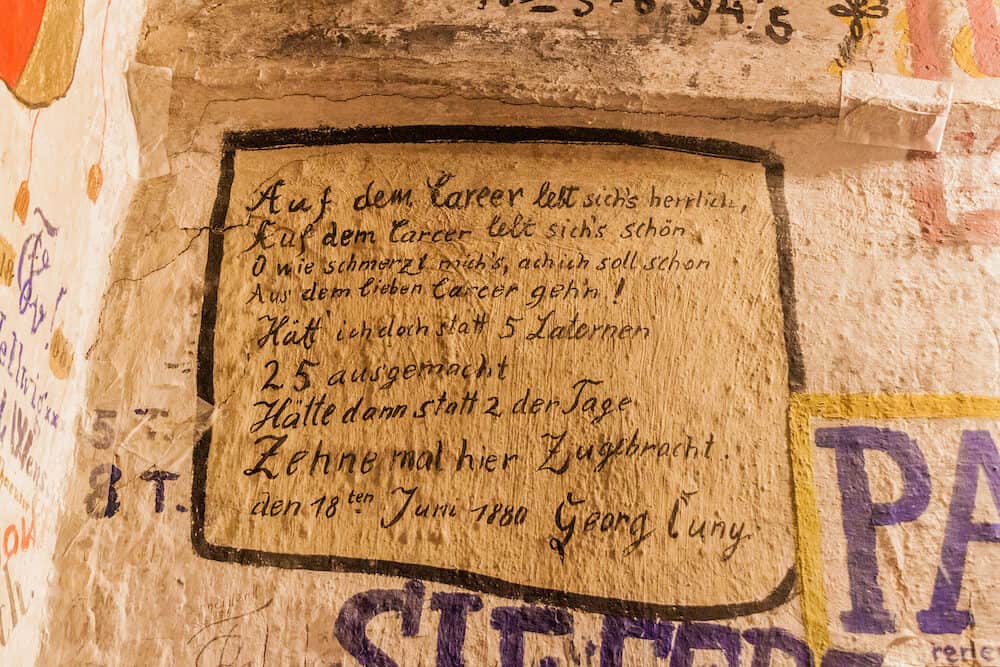
Heidelberger Kunstverein
One of the city’s best contemporary art museums is the Kunstverein in the heart of the Old Town. Founded by the Heidelberg Art Society, one of the oldest art associations in the country, the space displays rotating exhibitions across three floors.
In addition to the modern and innovative works of art, regular guided tours, presentations and workshops are run to educate and broaden the public’s perspective on art and history.
The Heidelberger Kunstverein is open on Tuesday, Wednesday, Friday, Saturday and Sunday between midday and 7 o’clock. Thursday night is cocktail night, running from 3 p.m. until 10 p.m. Entrance costs only €4, so it’s a wonderful way to pass an hour or so.
Jesuitenkirche
The Heidelberg Jesuitenkirche is a Jesuit Church built during two separate periods of time. The first construction of the nave and chancel began in 1712, while the Baroque sandstone facade was completed during the mid-1700s. Lastly, the tower was added many years later in the mid-1800s.
The immaculate white interiors make this church an unmissable attraction. The intricate golden detailing and opulent silver chandeliers are even more breathtaking when the sunlight shines through the windows. The central altar painting by Andreas Müller is the primary Baroque feature that remains.
With alternating opening hours, visiting between 10 a.m. and 5 p.m. from Tuesday to Friday or on a weekend afternoon is a safe bet.
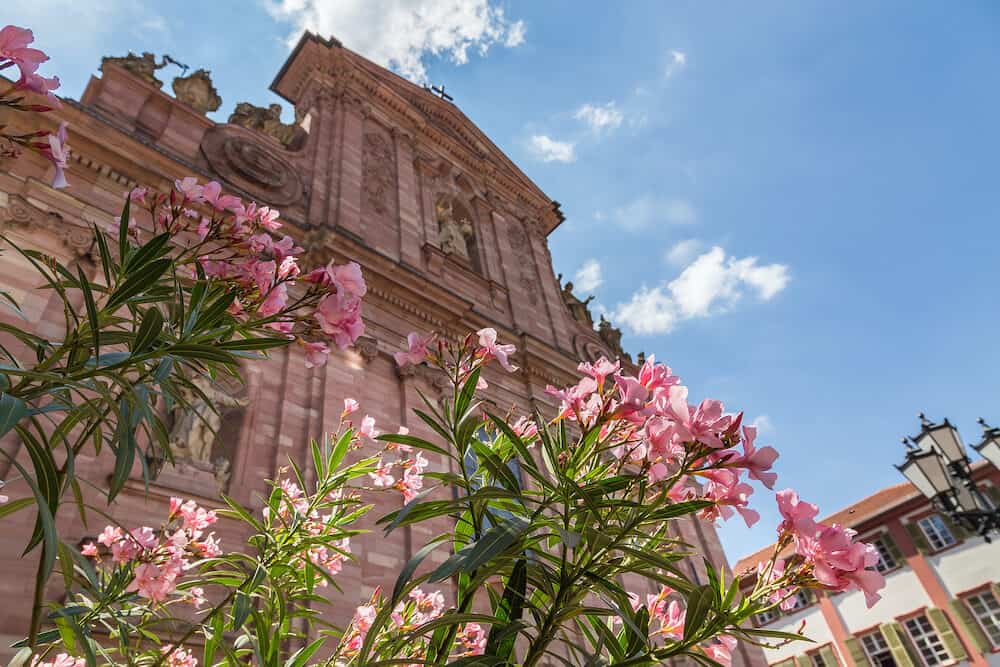
Philosophenweg
Philosophenweg, aka Philosophers’ Way, is one of the most idyllic parts of Heidelberg. 200 metres from the Old Bridge, the walking path begins in the Neuenheim district, stretching two kilometres along the bank of the Neckar River.
The pathway becomes quite steep after the first kilometre and a half, so you may need to turn around if you forgot to wear the right shoes.
You’ll pass by some of the wealthiest villas in the city until you reach Philosophengärtchen, a gorgeous terraced garden with stunning views. Stop here for a peaceful rest and admire the beauty of the city from a new perspective.
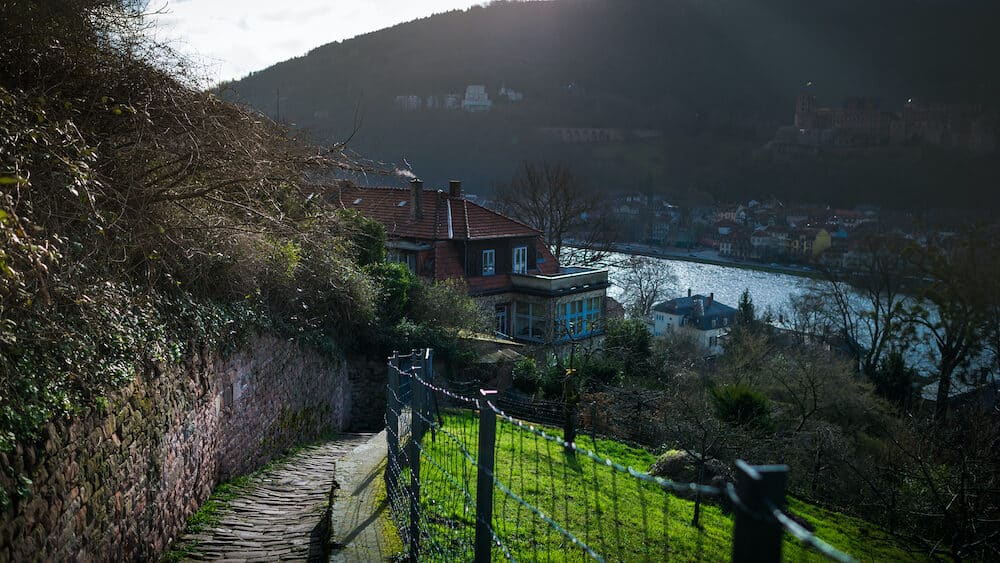
Kurpfälzisches Museum
Heidelberg’s main museum of art and archaeology is the Kurpfälzisches Museum (aka the Palatinate Museum). Founded in the late 1870s, it’s located inside the old Palais Morass in the Old Town.
The museum’s archaeological collections include Roman artefacts and findings from the Lower Neckar Valley, including a reconstruction of a Mithraic temple from classical antiquity.
There are over 7,000 illustrations and 13,000 graphic art pieces from the Middle Ages until the 20th century, as well as classic portraits of important Heidelberg figures since the 1600s.
In the applied arts section, take a look at various coins, medallions, furniture, porcelain and costumes from the 18th and 19th centuries. There are also numerous sculptures dating back to the 12th century, and even a few medieval gravestones.
As you can already tell, this museum covers a lot. Come by and learn about the rich history of Heidelberg between 10 a.m. and 6 p.m. from Tuesday to Sunday.
Heidelberg Thingstätte
The Heidelberg Thingstätte is one of many open-air theatres built in the mid-1930s during pre-war Germany. The egg-shaped amphitheatre can fit 8,000 seated visitors or 15,000 standees and is a protected cultural monument. It was used infrequently until the late 1980s when annual Walpurgis Night celebrations began to be held there.
This abandoned Thingstätte is surrounded by tall trees and has a serene yet slightly eerie atmosphere. If you’re feeling active, it’s about a two-kilometre walk from Philosophengärtchen.
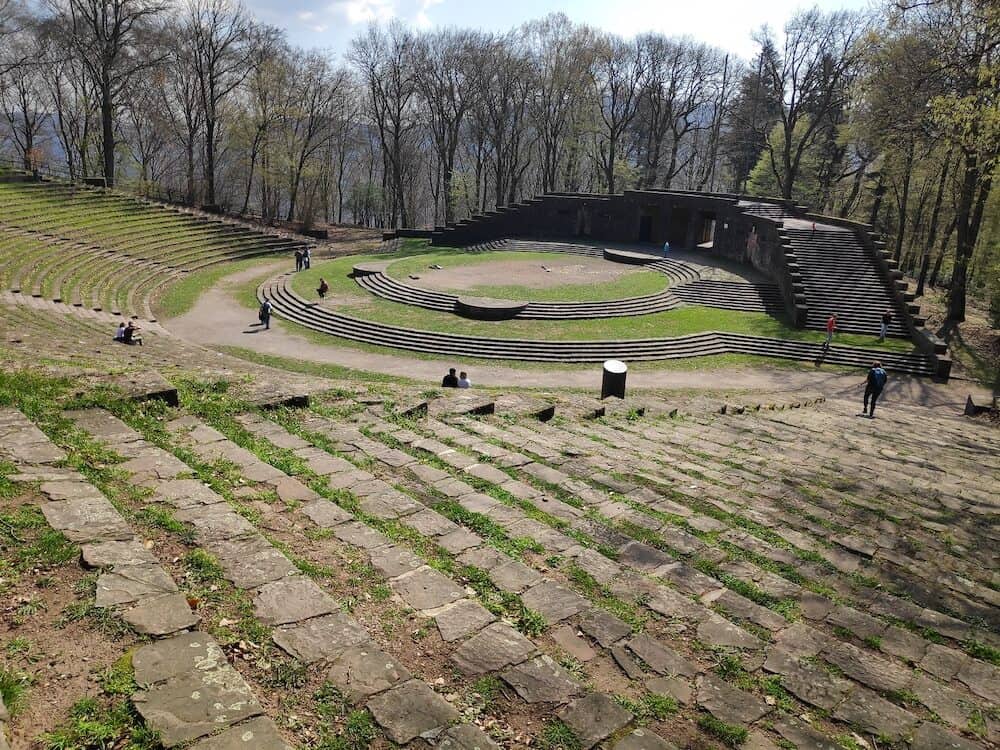
Schwetzingen Castle
Only 10 kilometres west of Heidelberg is the fabulous Schwetzingen Castle. The current Rococo castle was built in the 17th century and contains well-preserved interior decorations and furnishings.
While the palace itself is impressive, it’s the ornate and expansive gardens surrounding it that really bring visitors to Schloss Schwetzingen. It’s worthwhile simply to spend an afternoon strolling around the grounds and spotting the beautiful fountains, sculptures, pavilions, flowers and mazes.
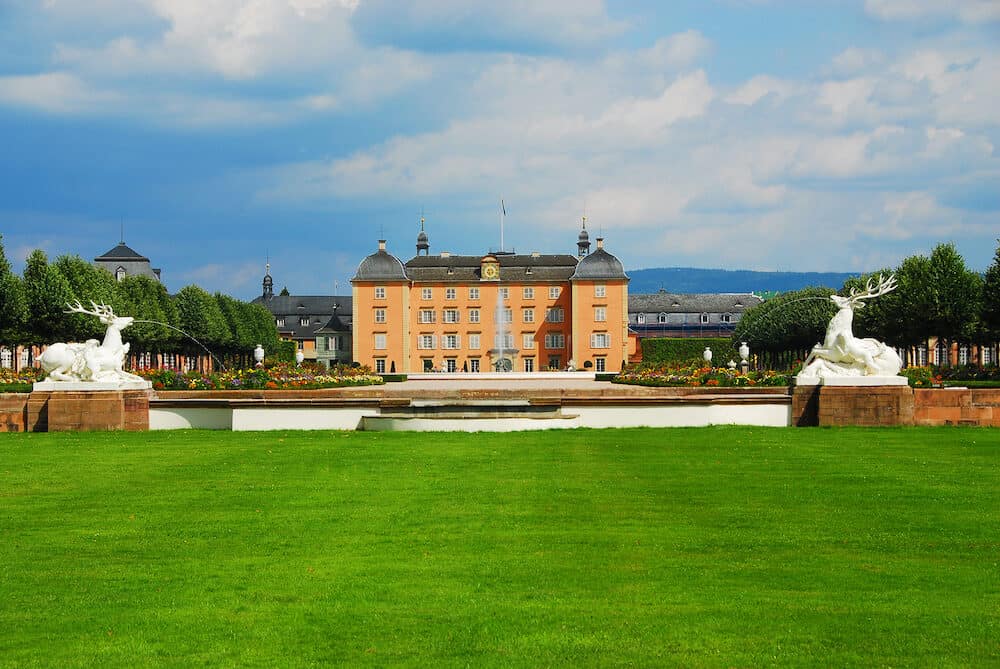
Haus Zum Ritter
The Haus Zum Ritter (aka the House of the Knights) is the oldest surviving house in the city. The Renaissance building was constructed in 1592 in the middle of the Old Town, directly opposite the Church of the Holy Spirit.
As it was the only house in the area made from stone, it was a rare survivor of the 1693 fires during the Nine Years’ War.
Today, the building functions as a hotel, so why not stay here while visiting Heidelberg? Haus Zum Ritter St Georg has 37 elegant rooms inside, from economy to deluxe suites.
The decor on every floor elegantly incorporates the Renaissance origins and the history of Heidelberg. You won’t find a more convenient location either!
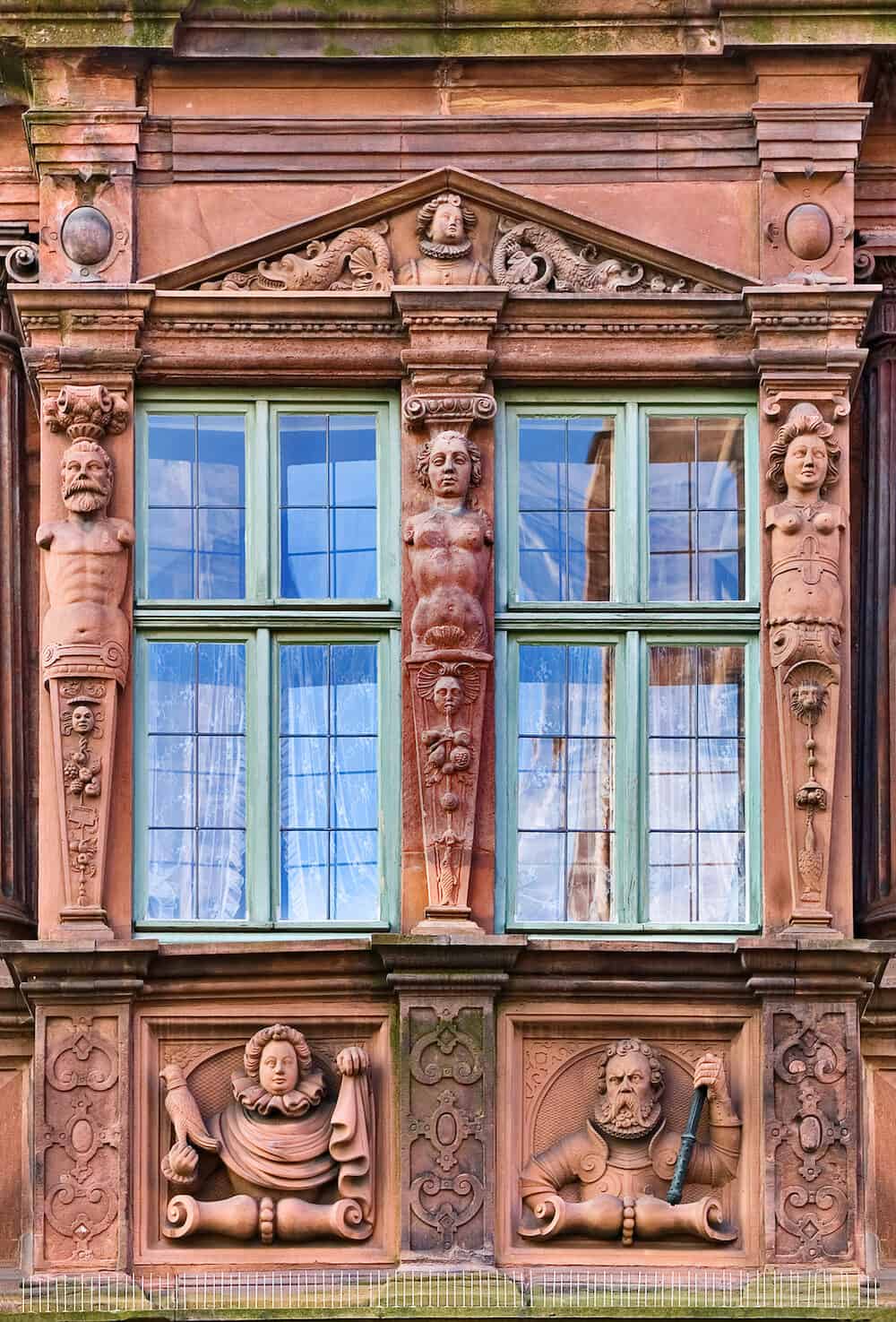
Recommended tours in Heidelberg
- Heidelberg Private Walking Tour
- Heidelberg old Town Tour
- Bratwurst Workshop: Have fun with homemade bratwursts
- Molecular cuisine: cooking class
- SEA LIFE Speyer Admission Ticket
- Amazing Schwetzingen Garden Tour
- Beer & Old Town Tour
- Gin cooking class – cooking with gin
- Romantic 2-Day Heidelberg Overnight Package Including Heidelberg Card
If you’d like to save it for later, please save it to Pinterest.
